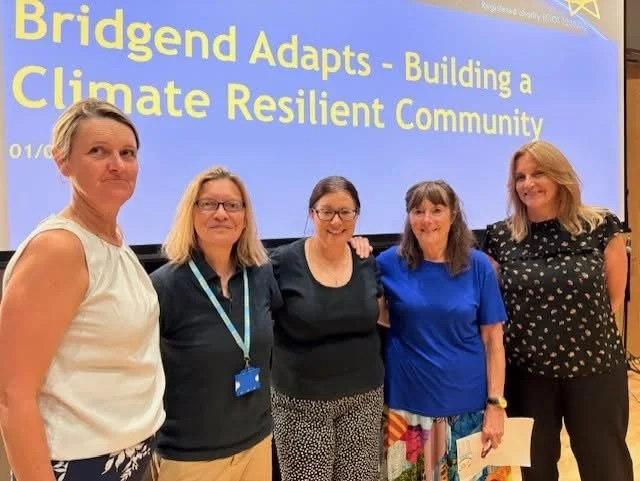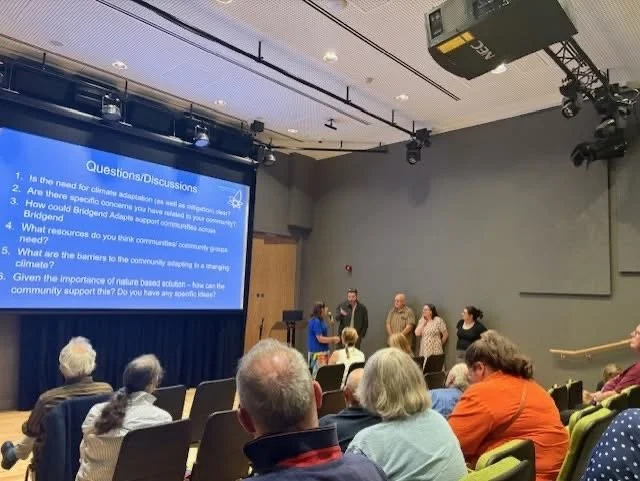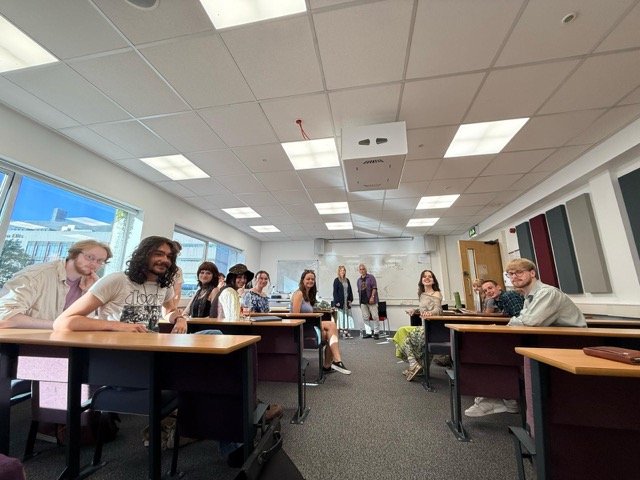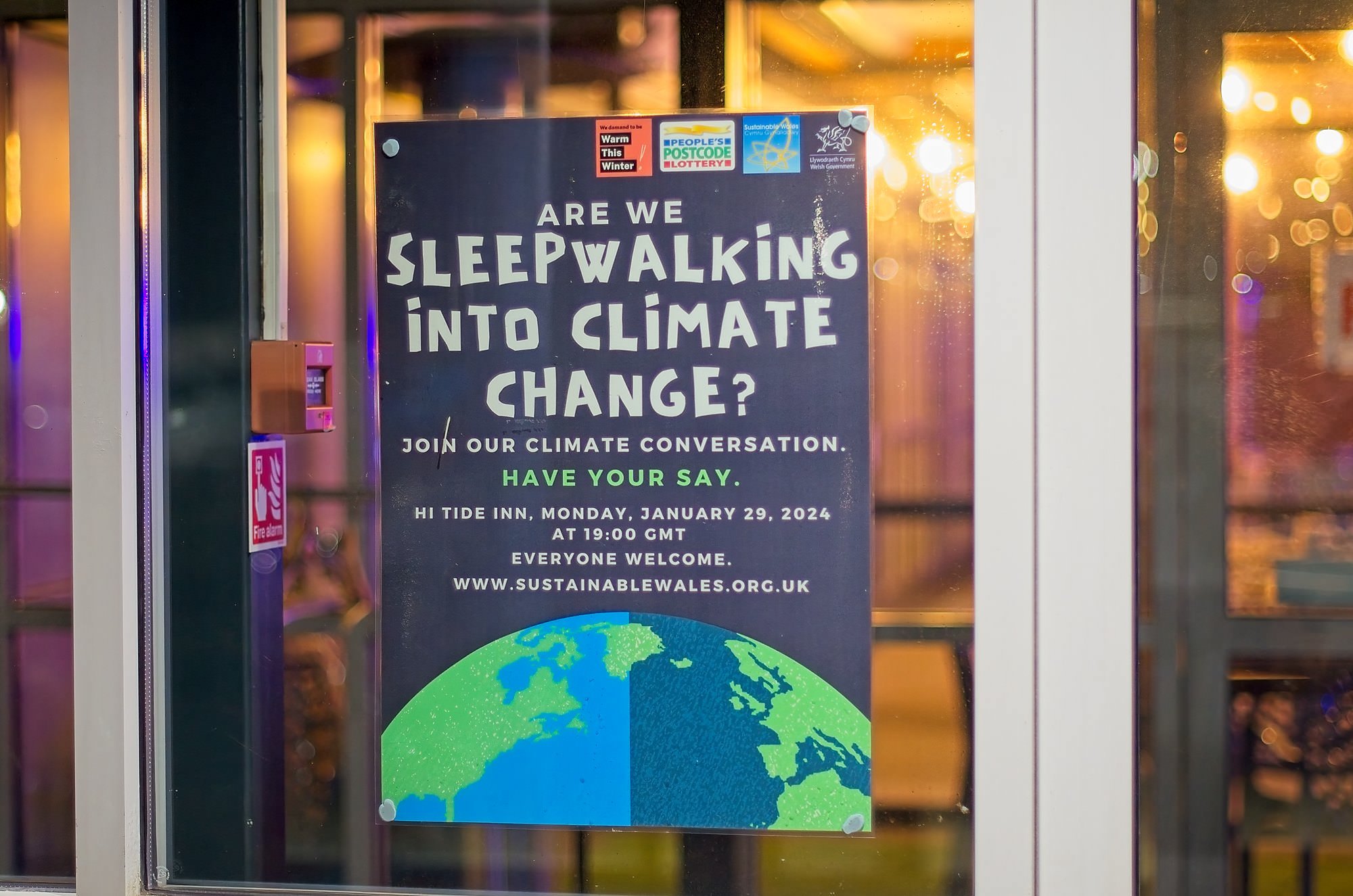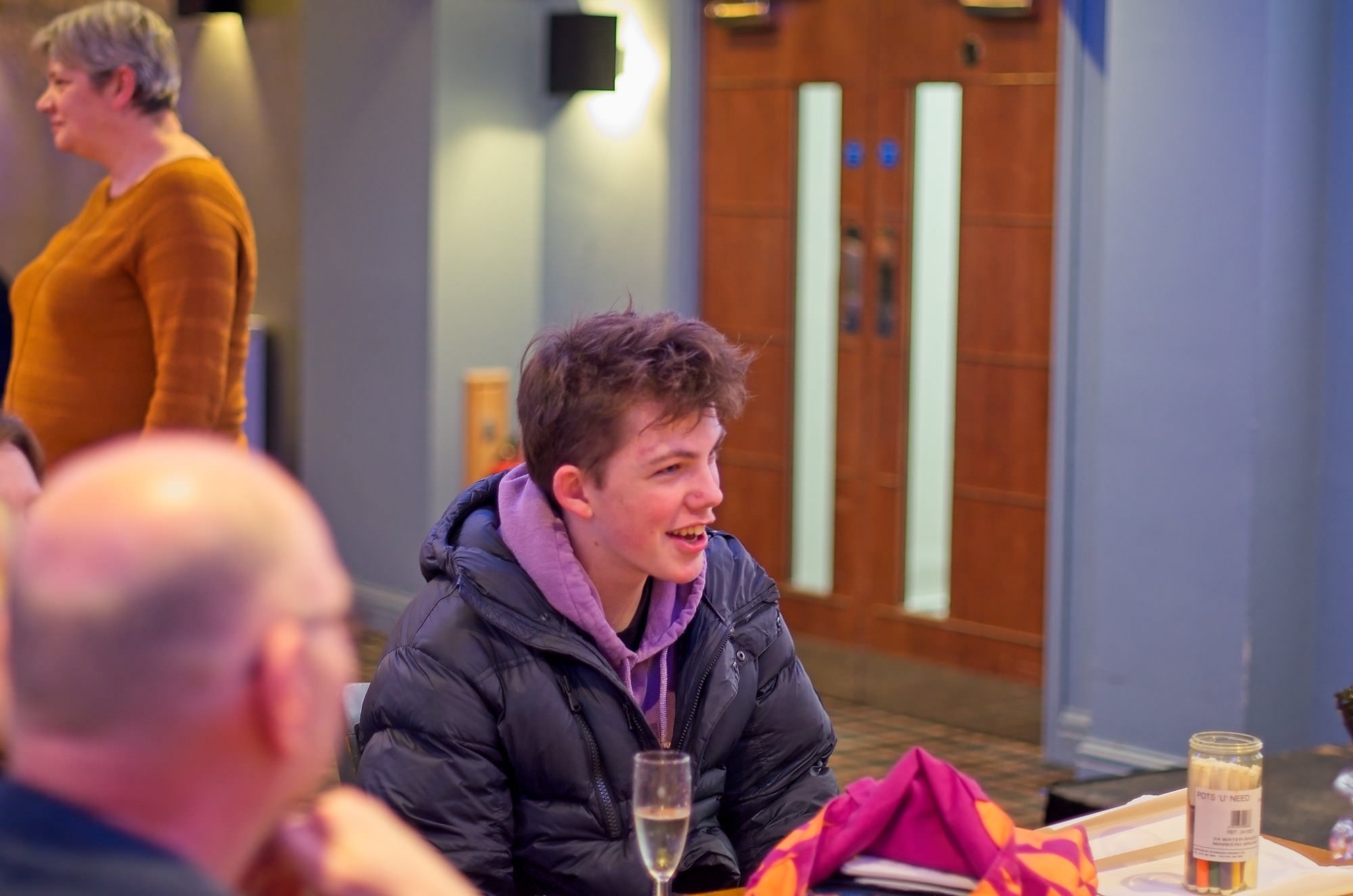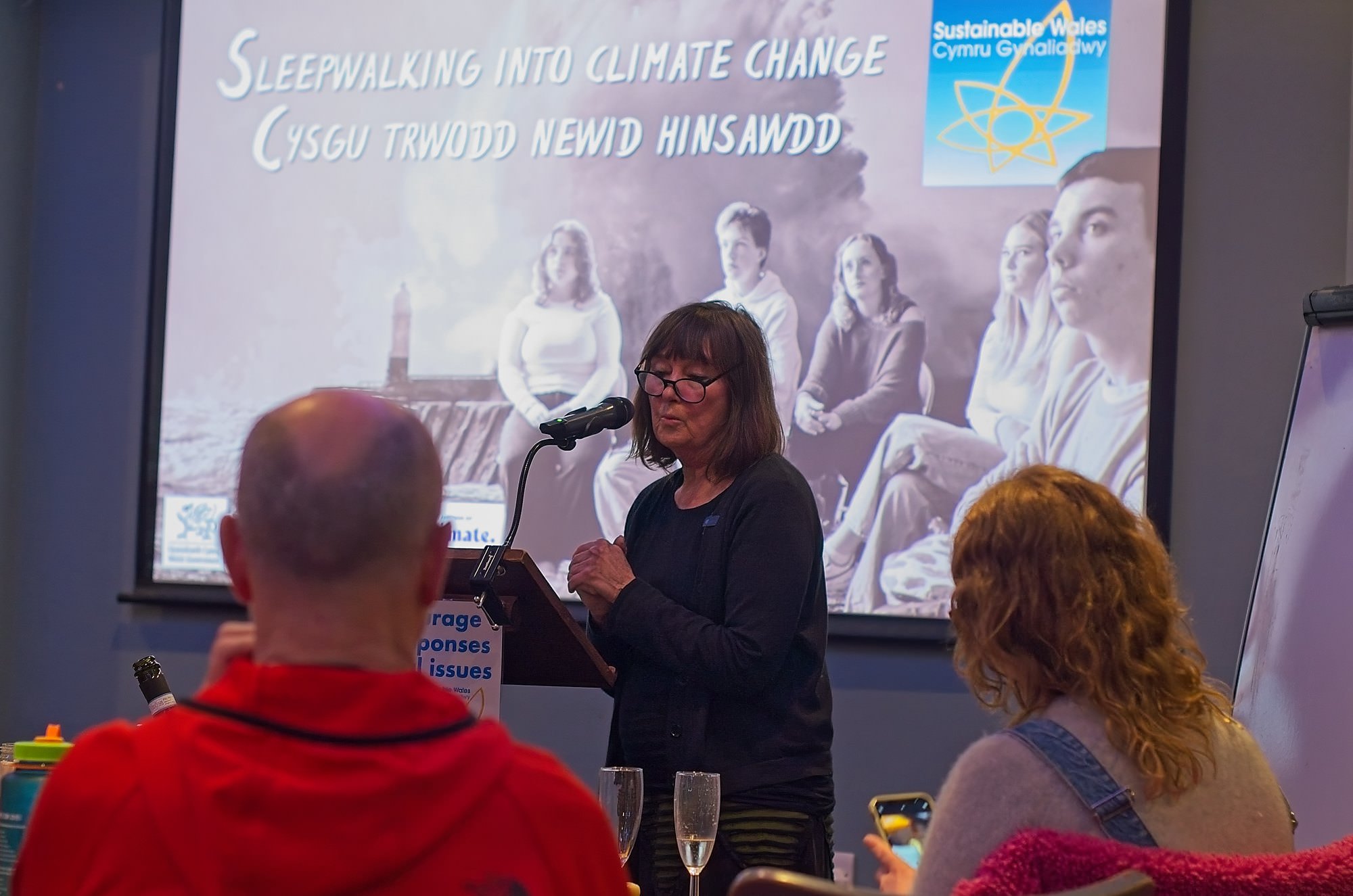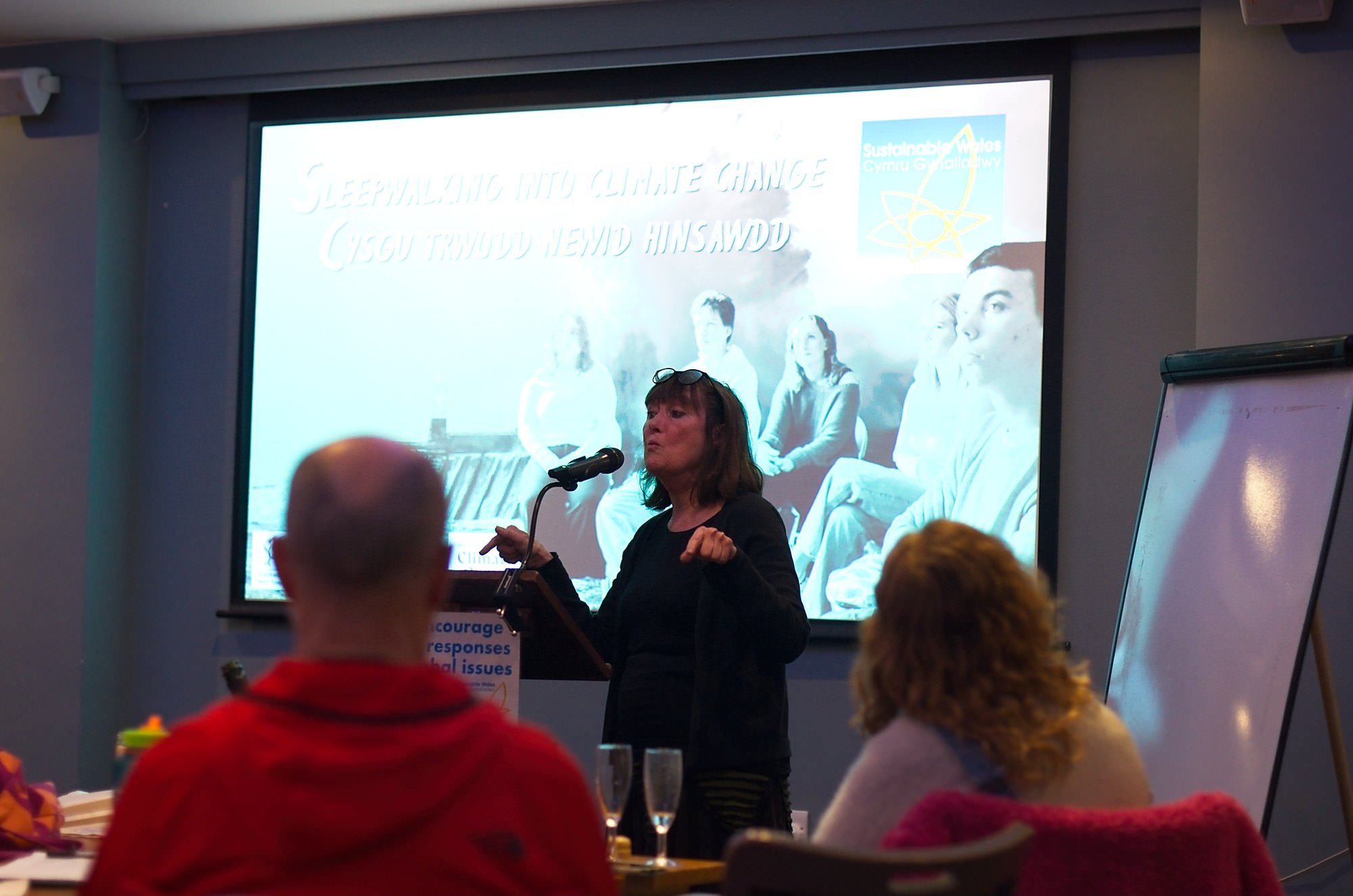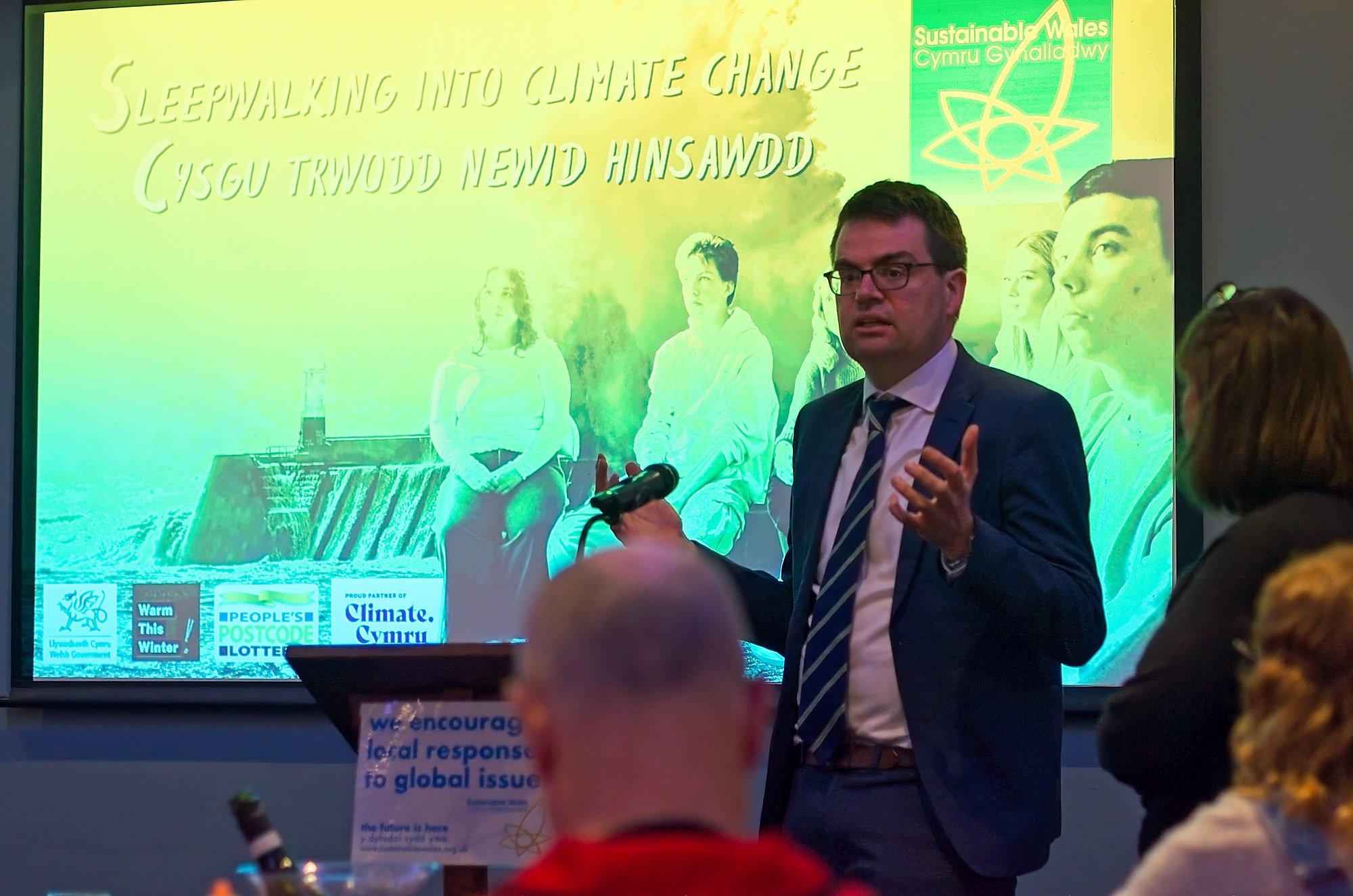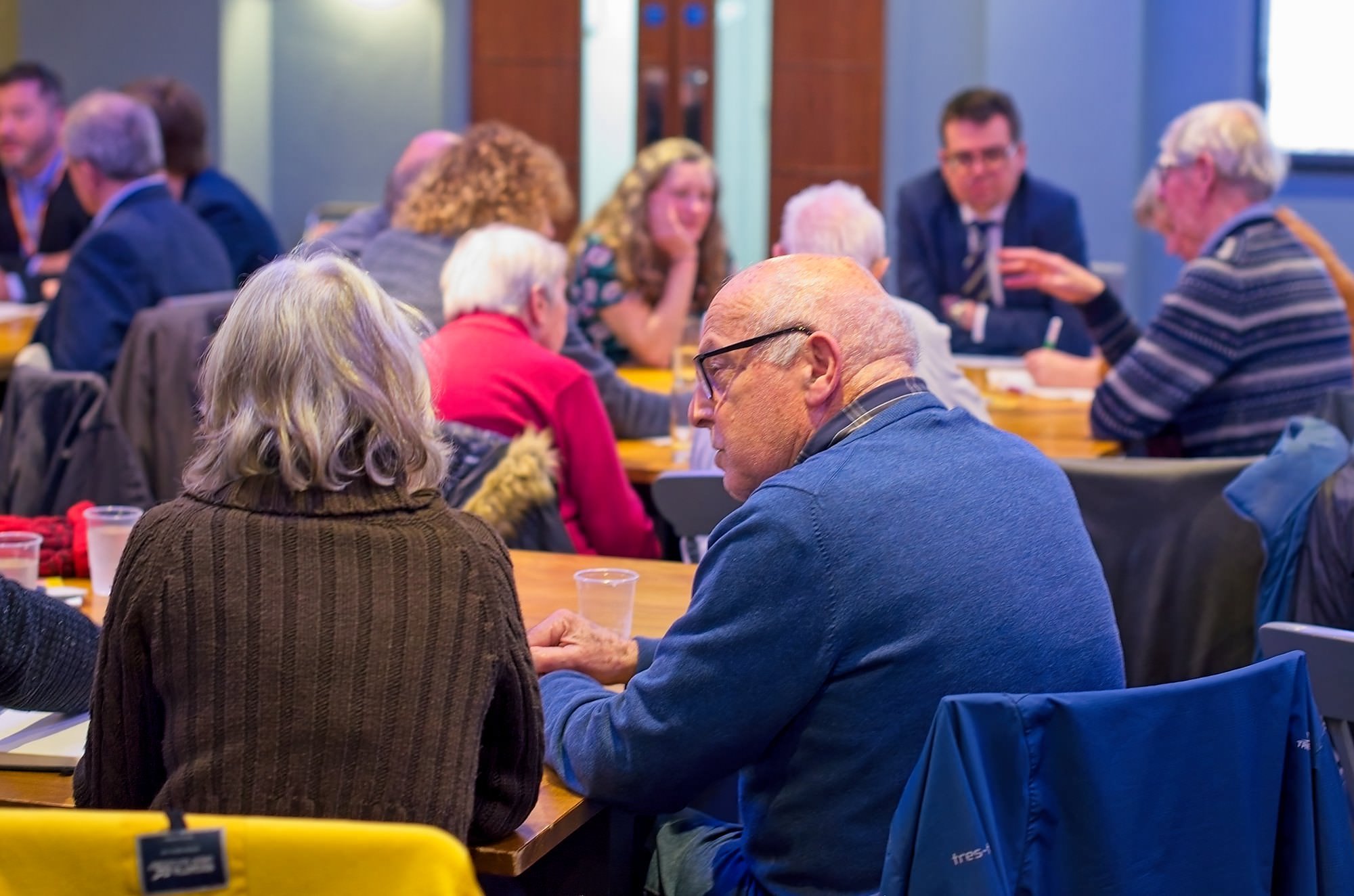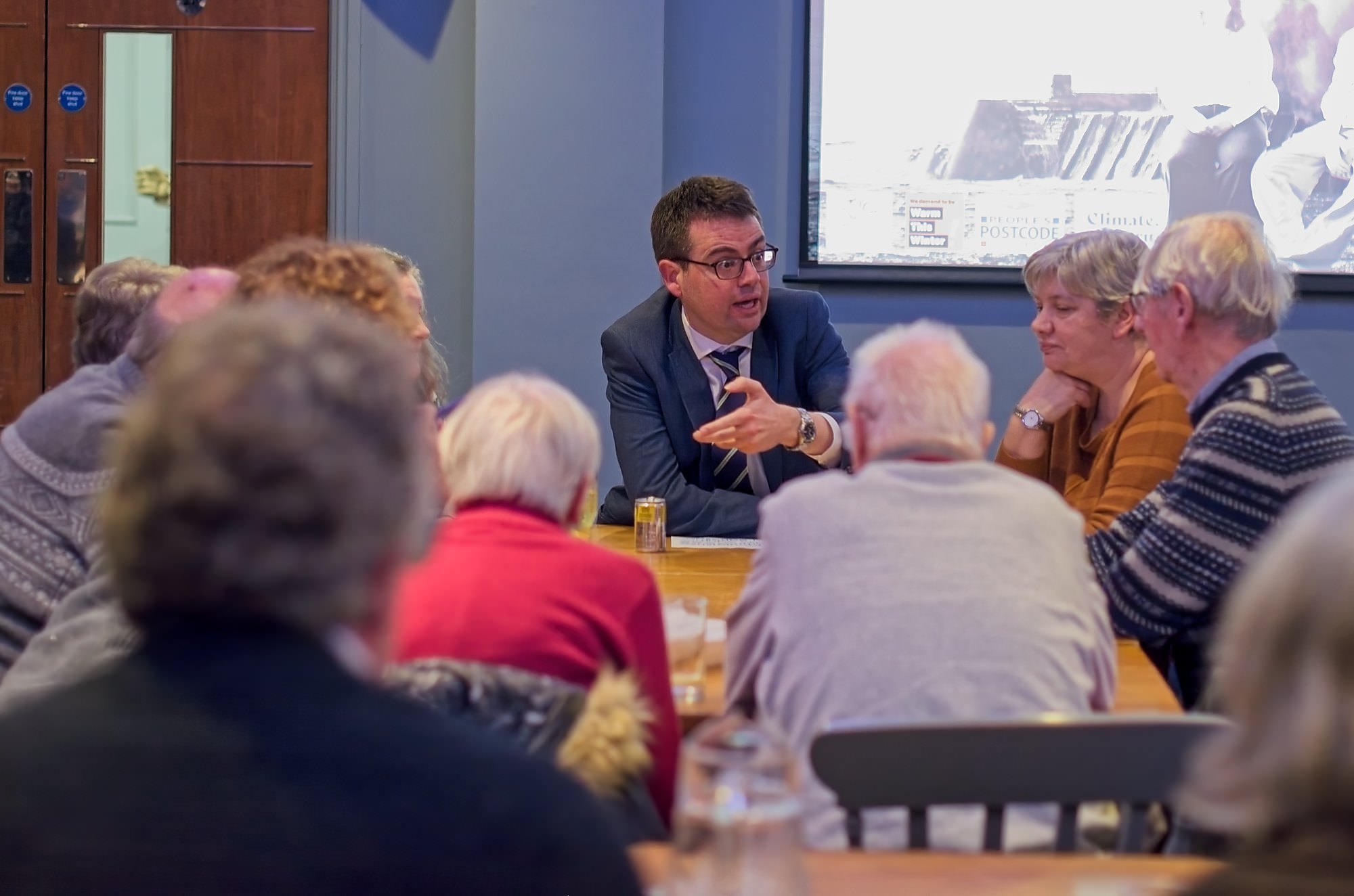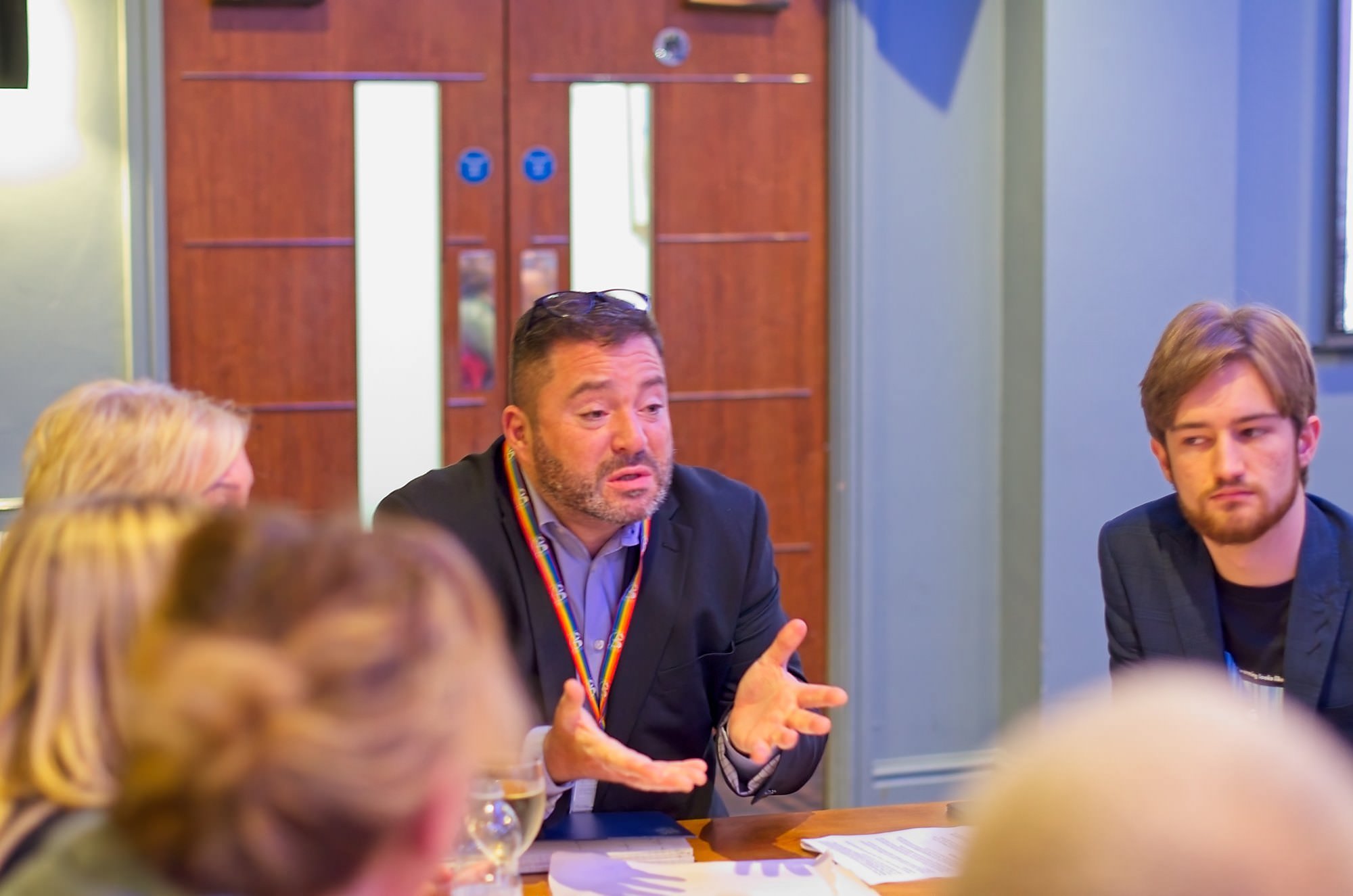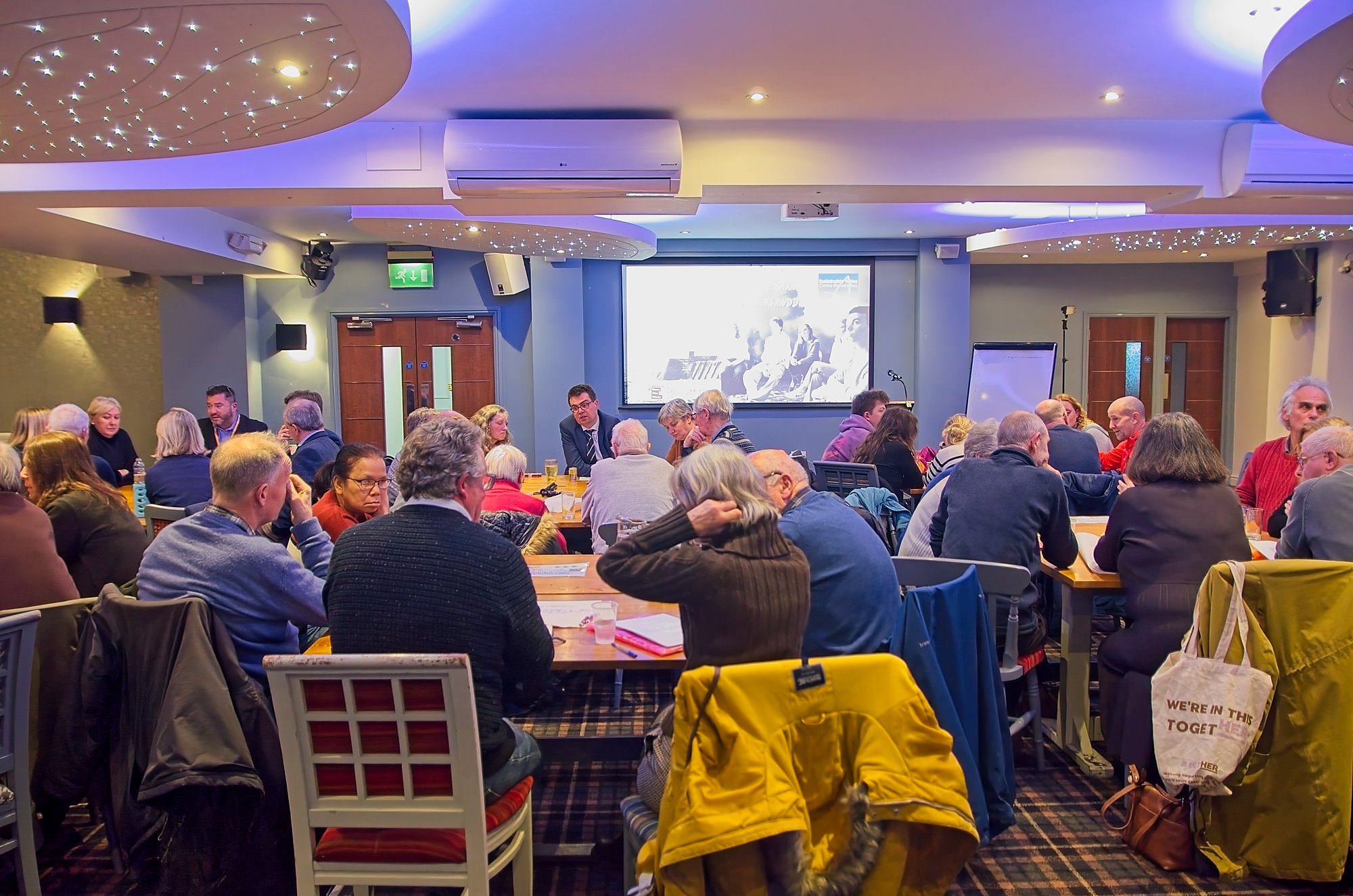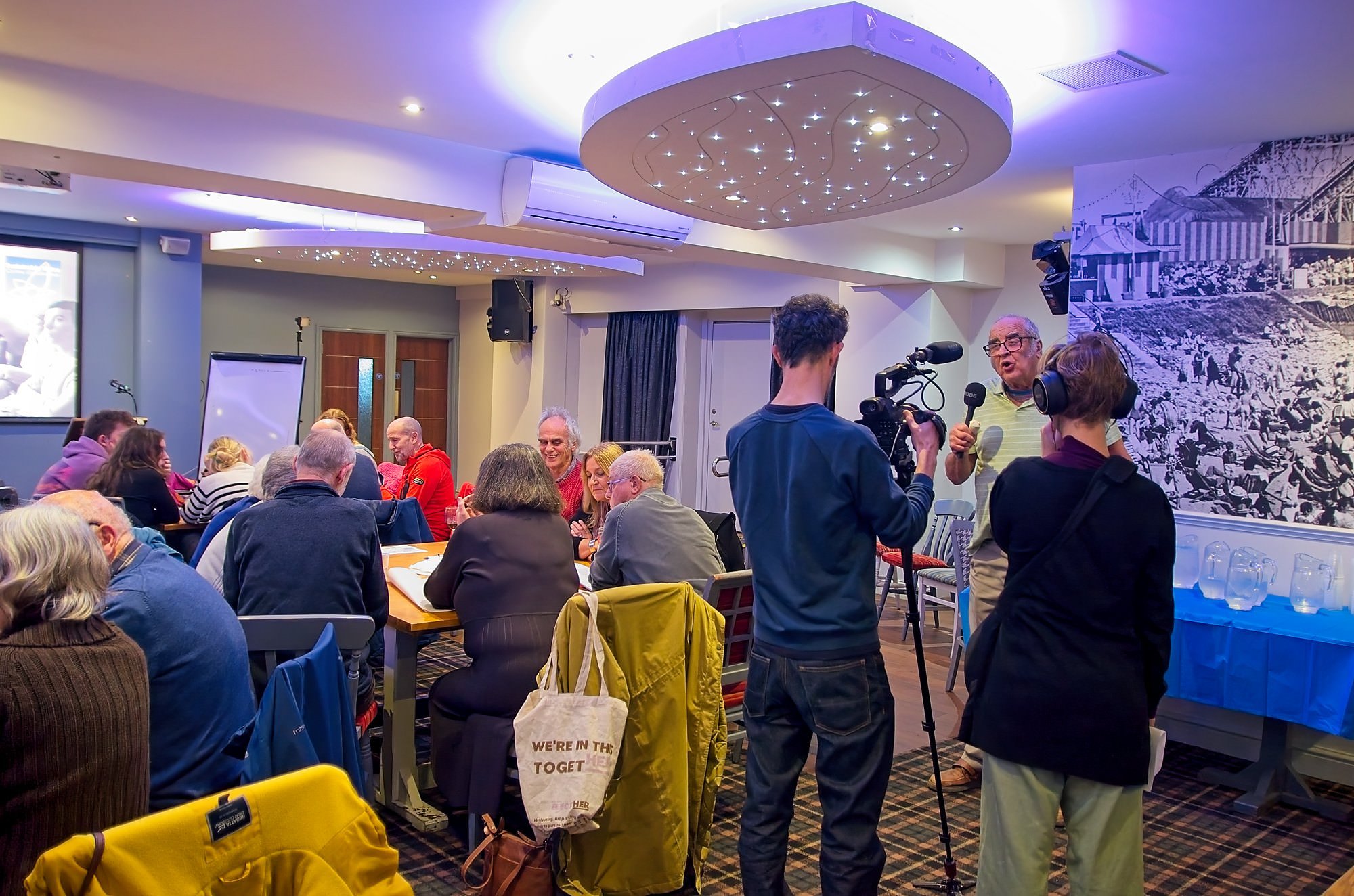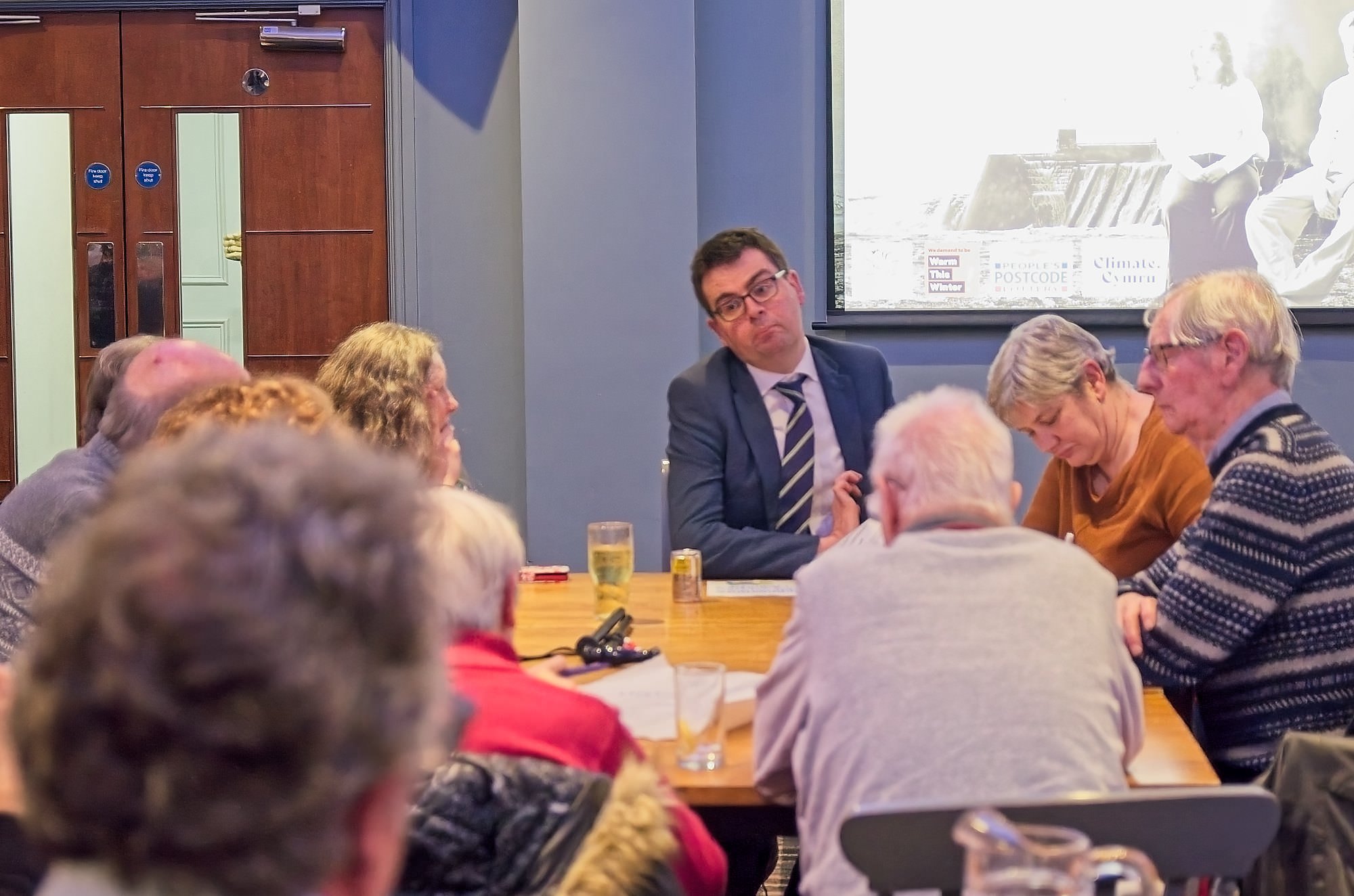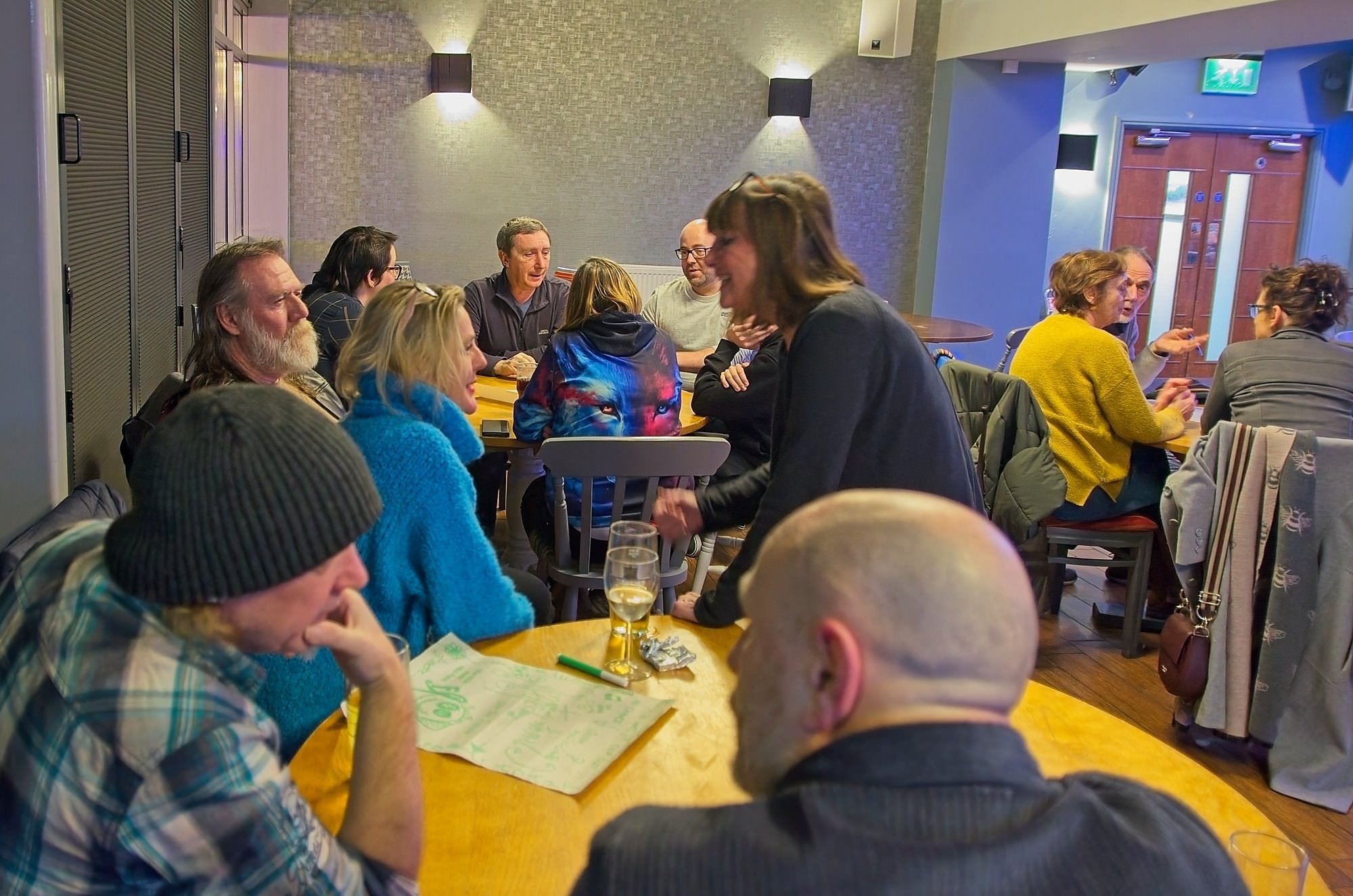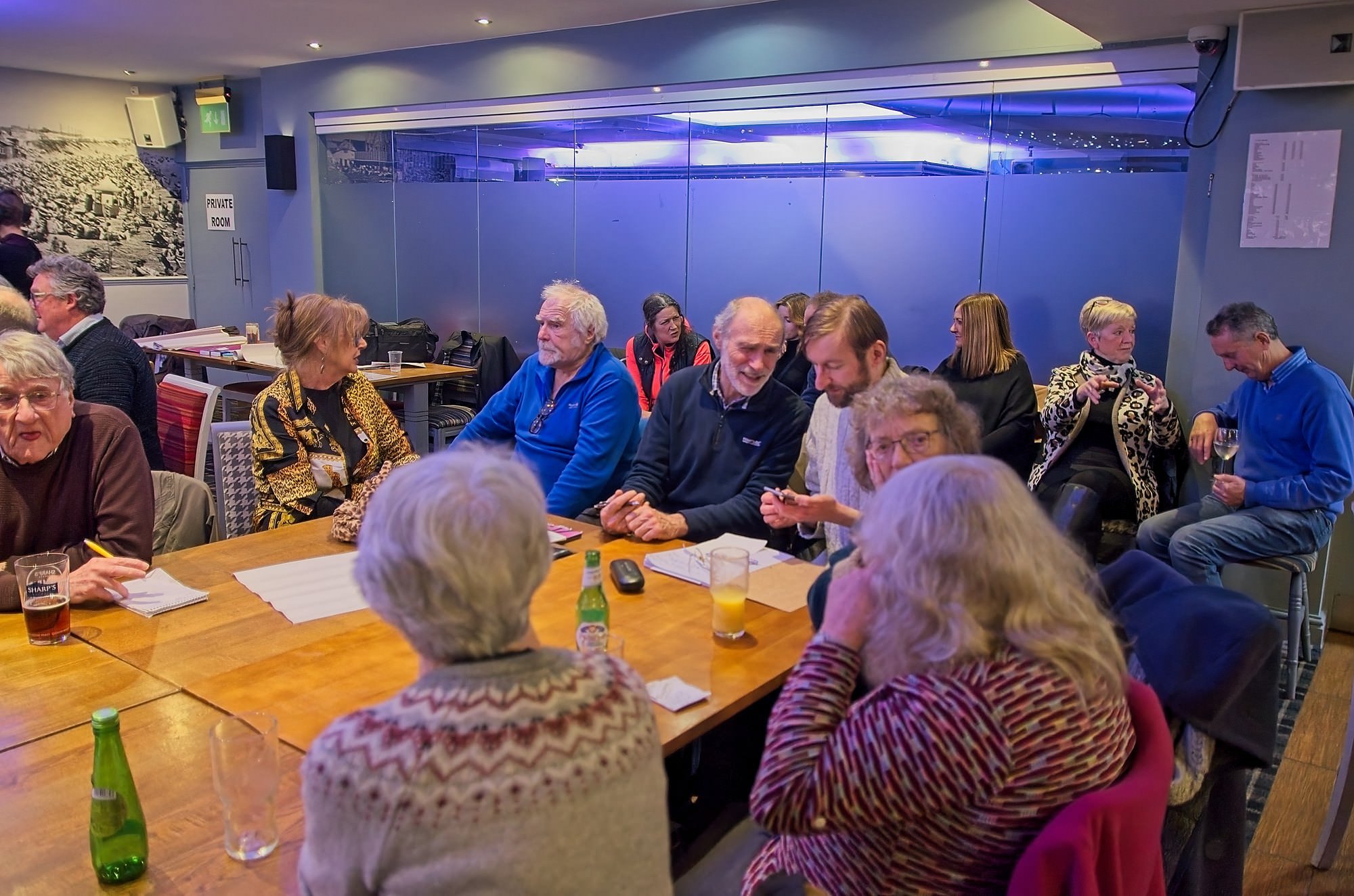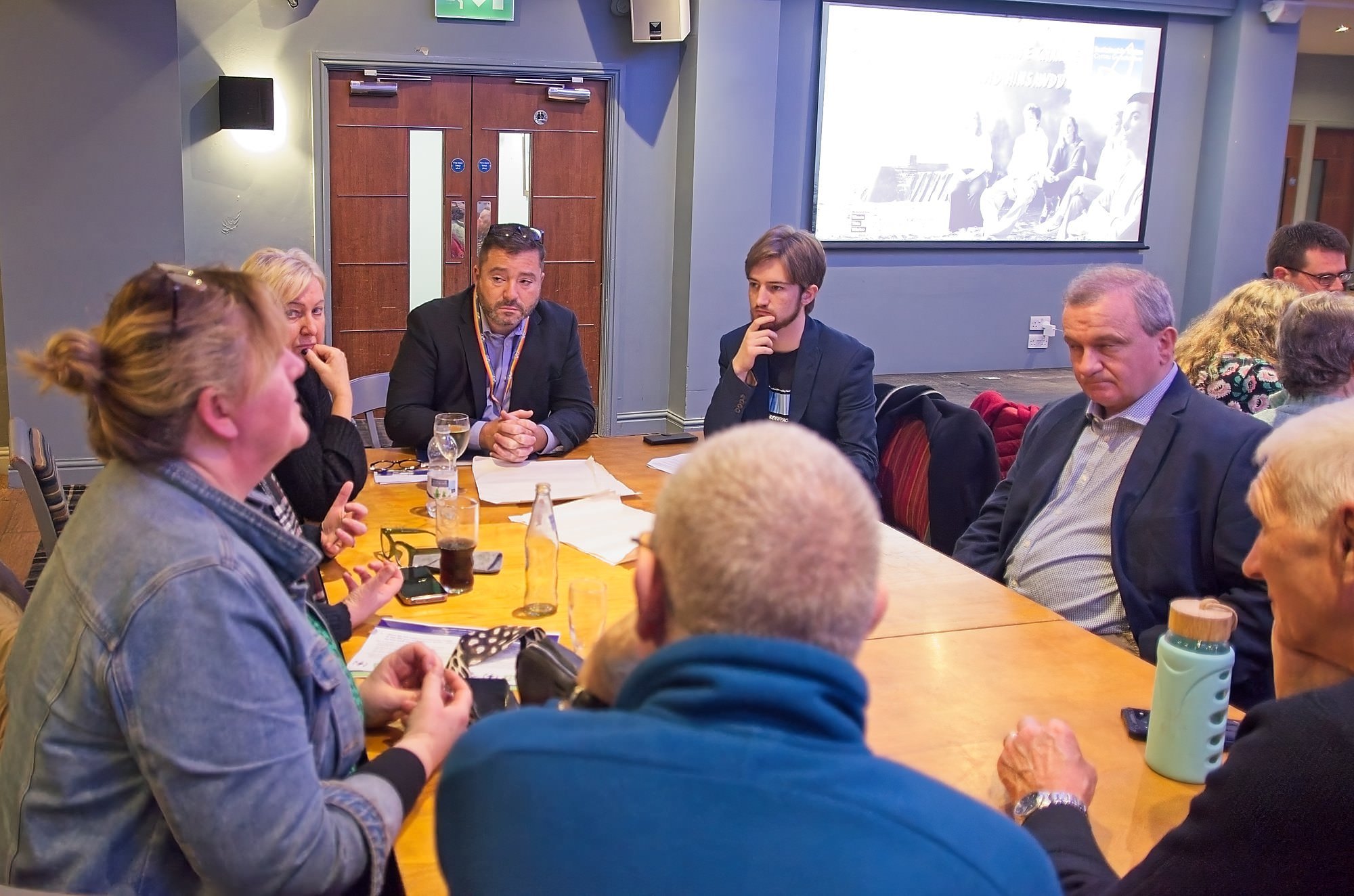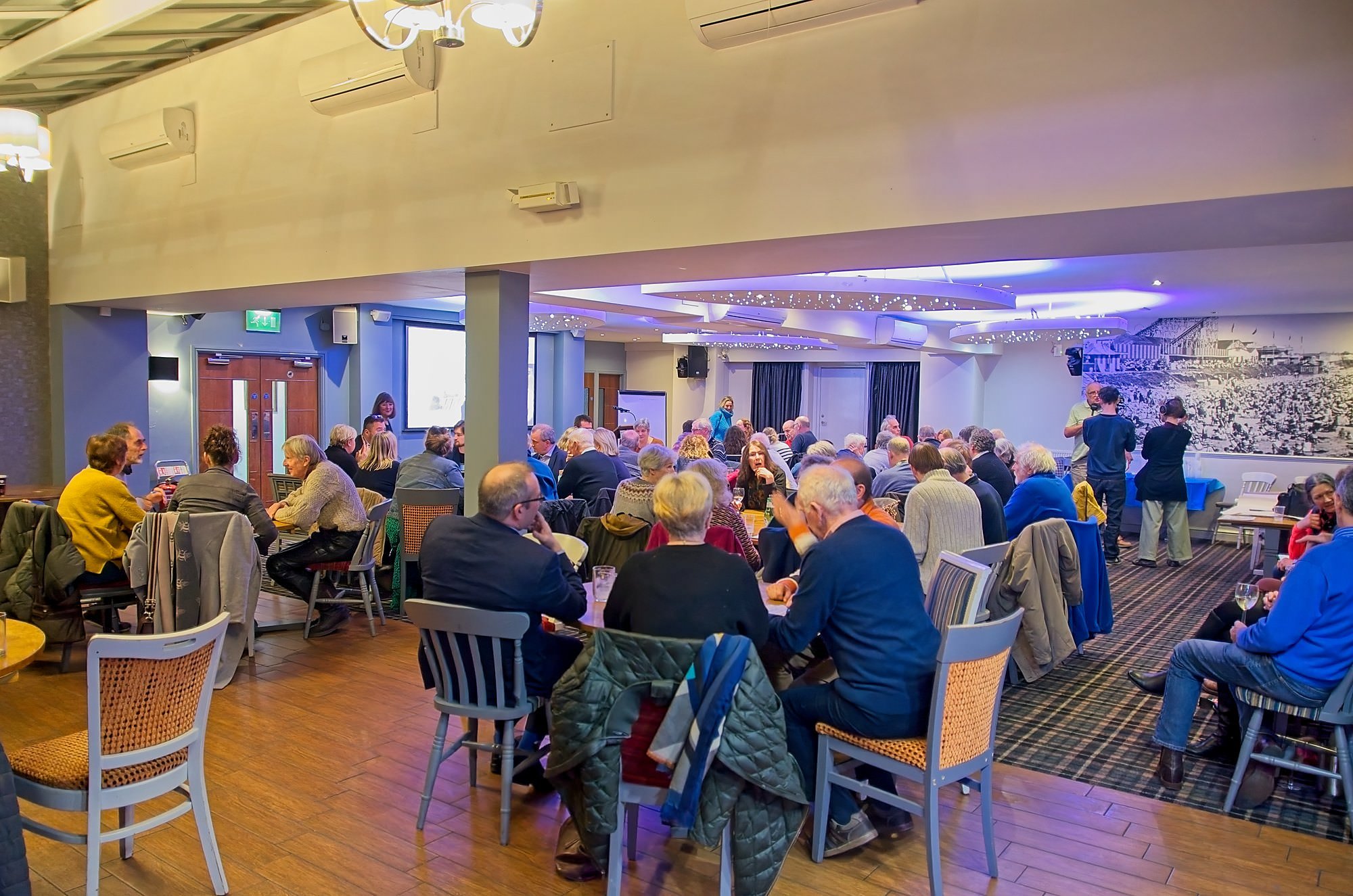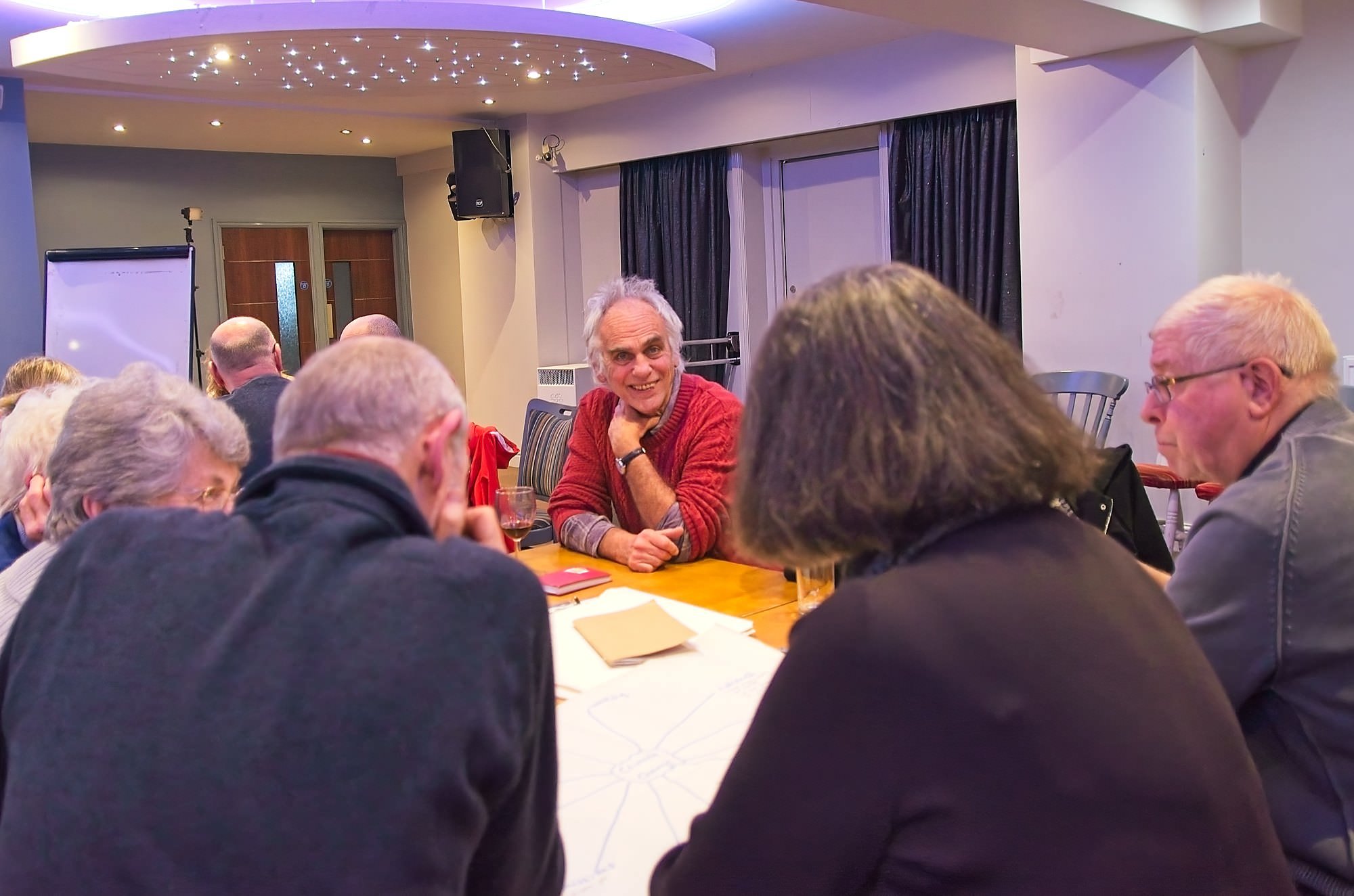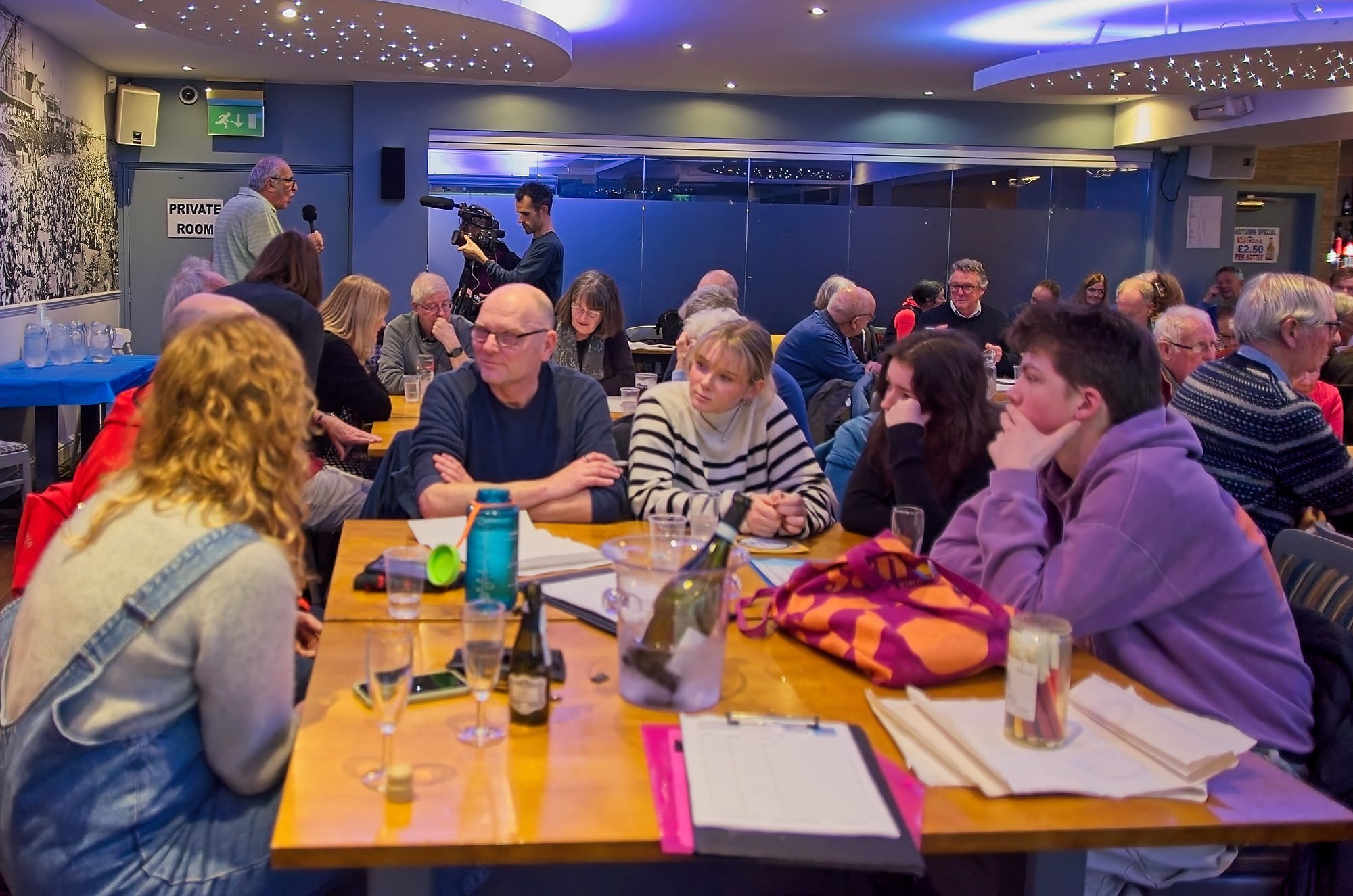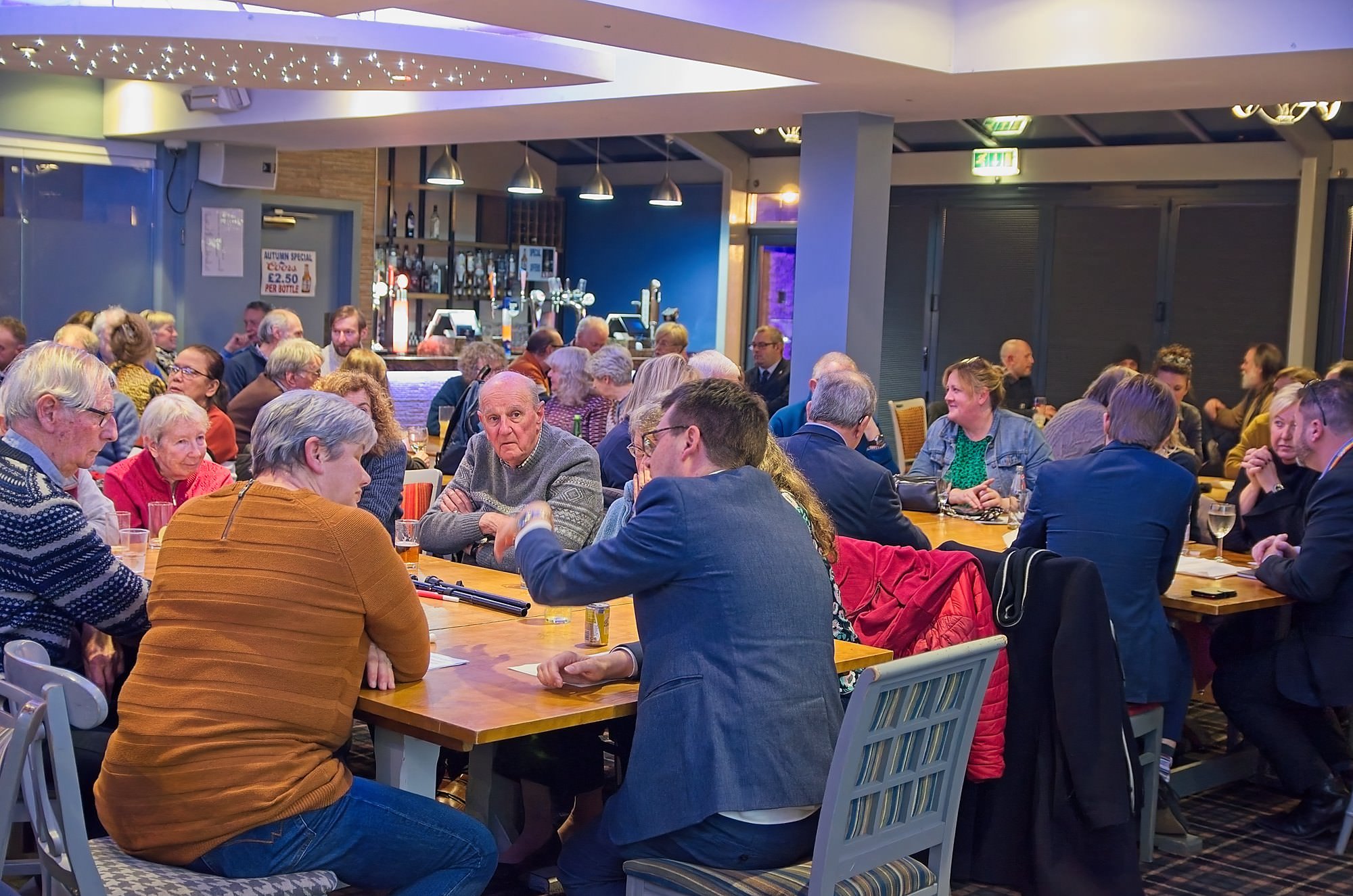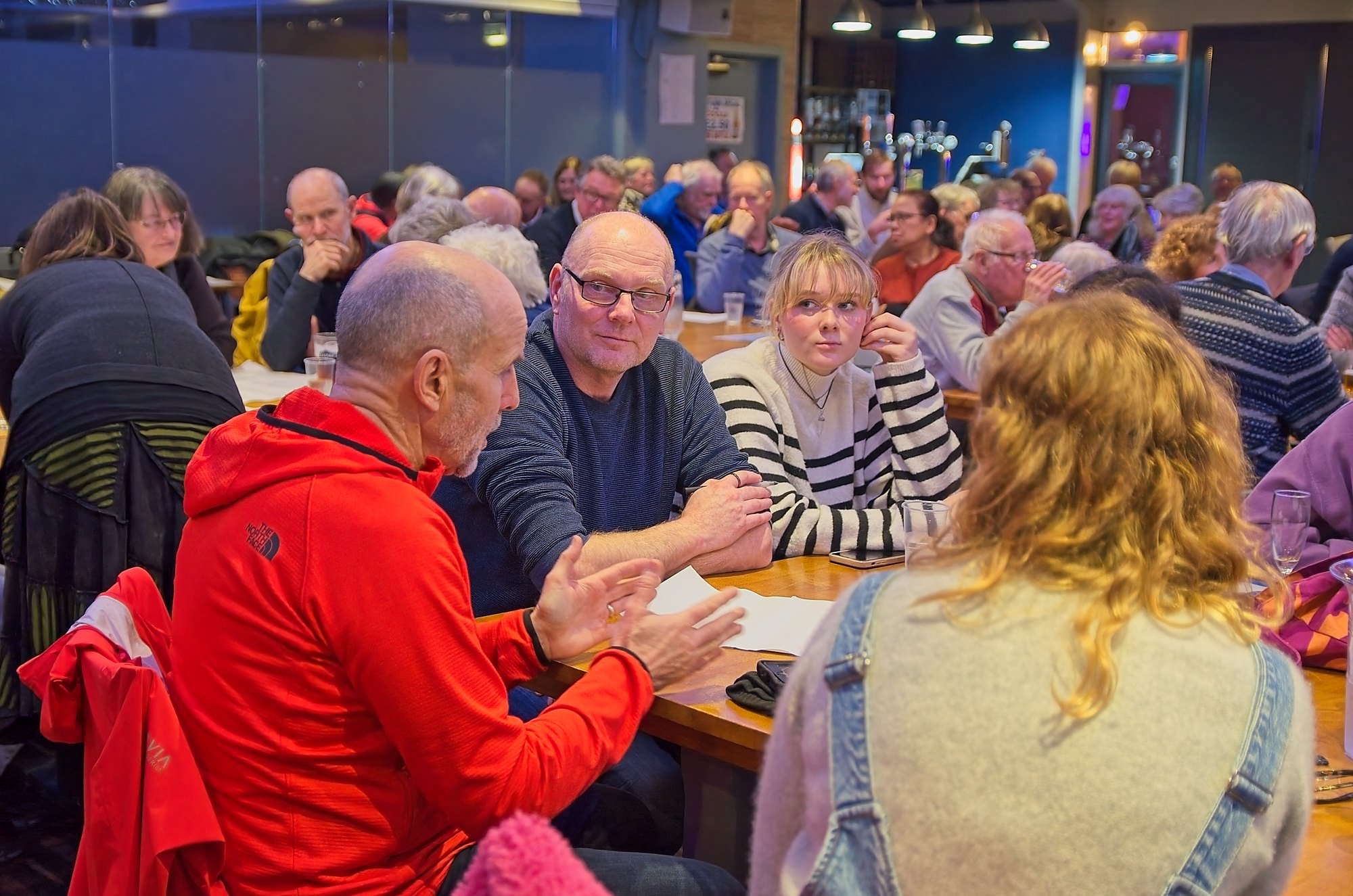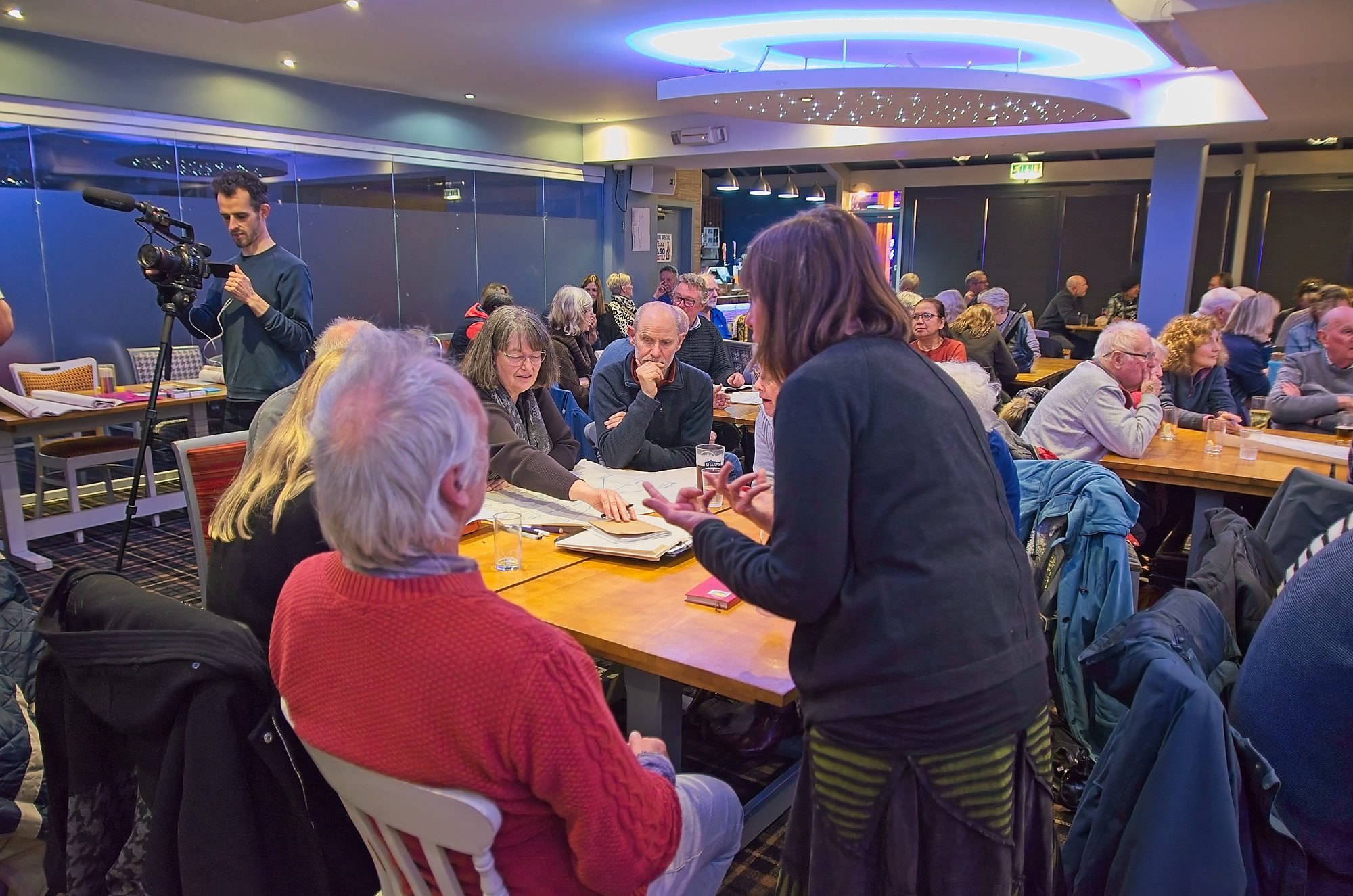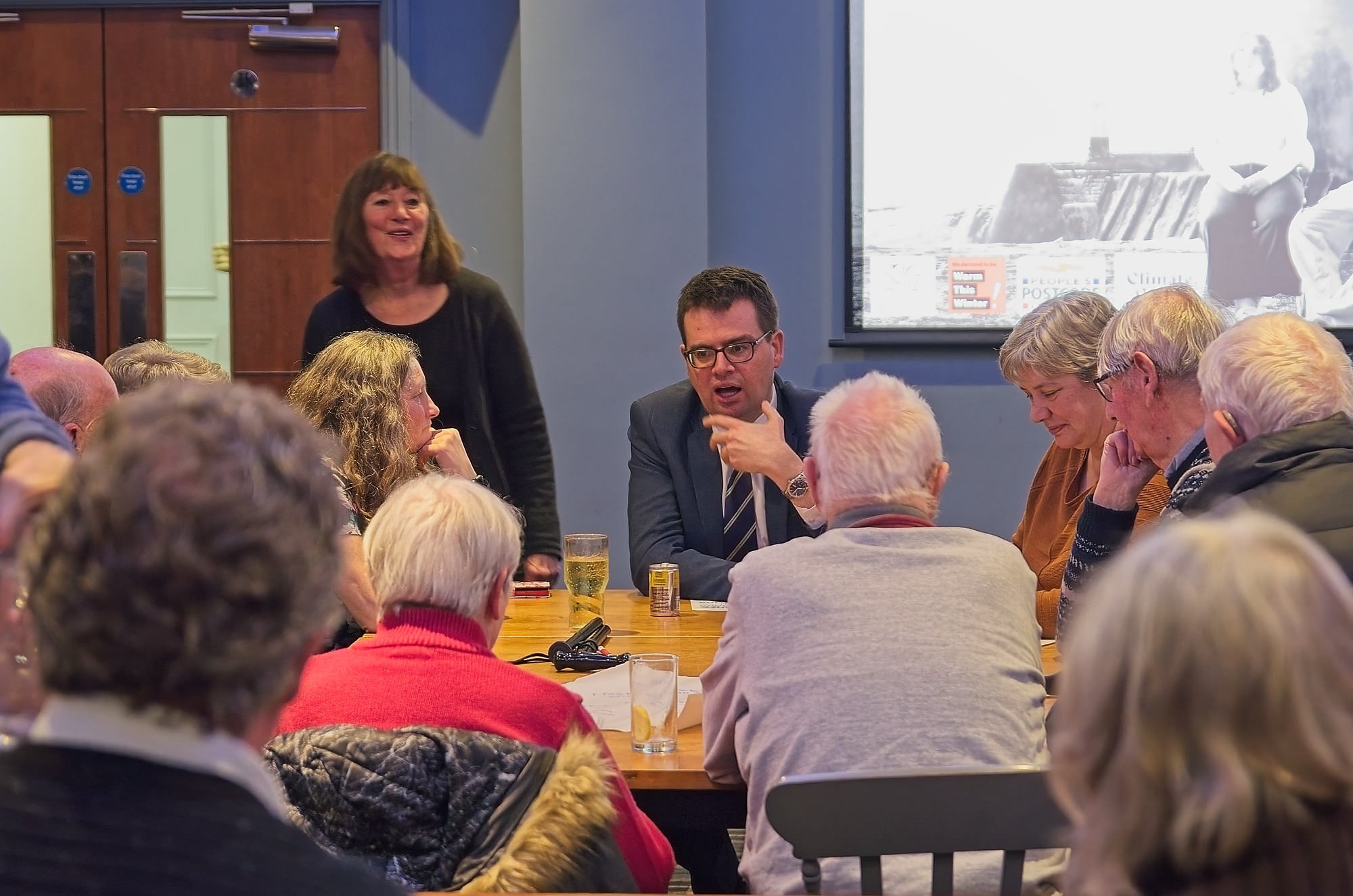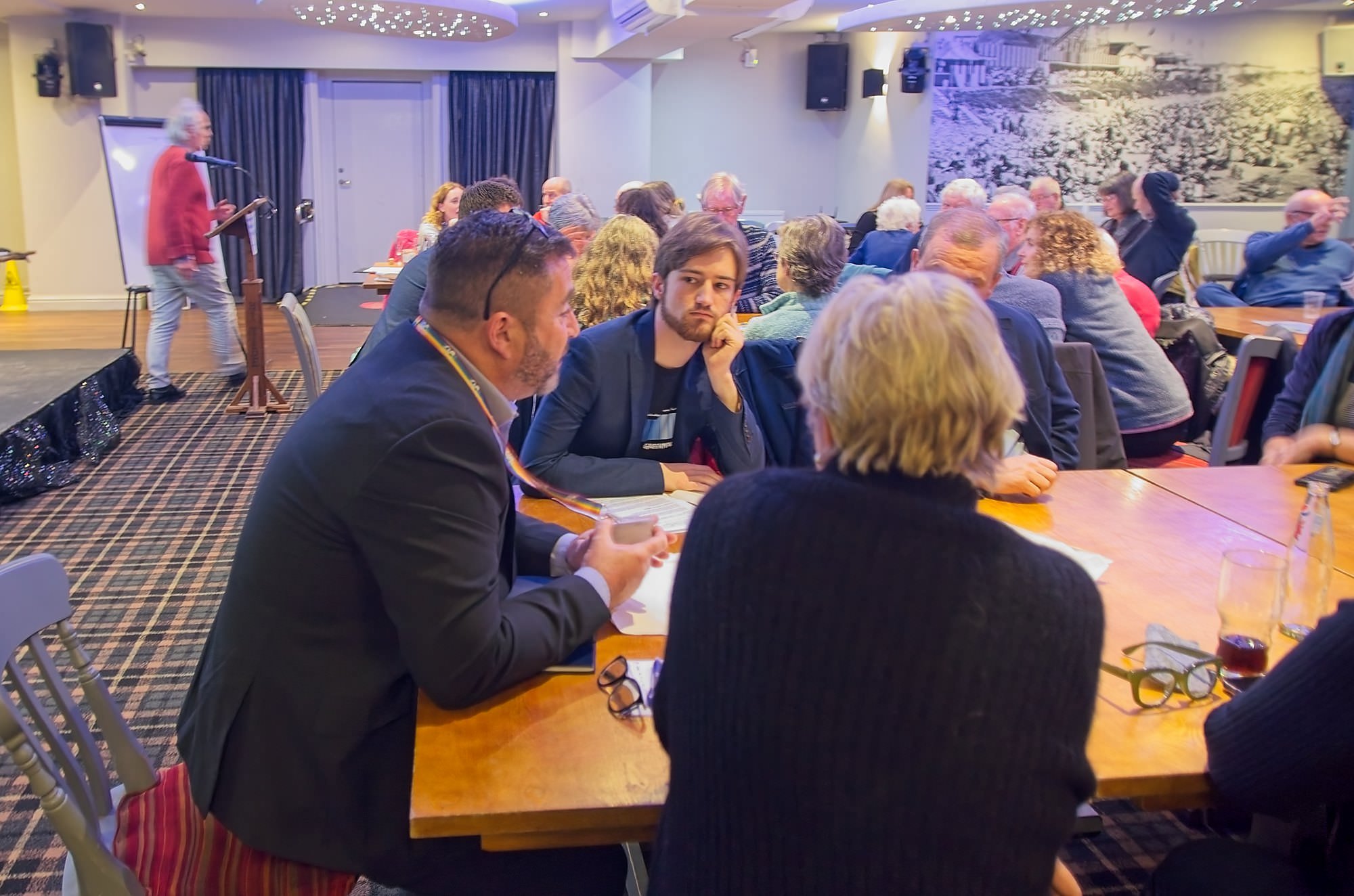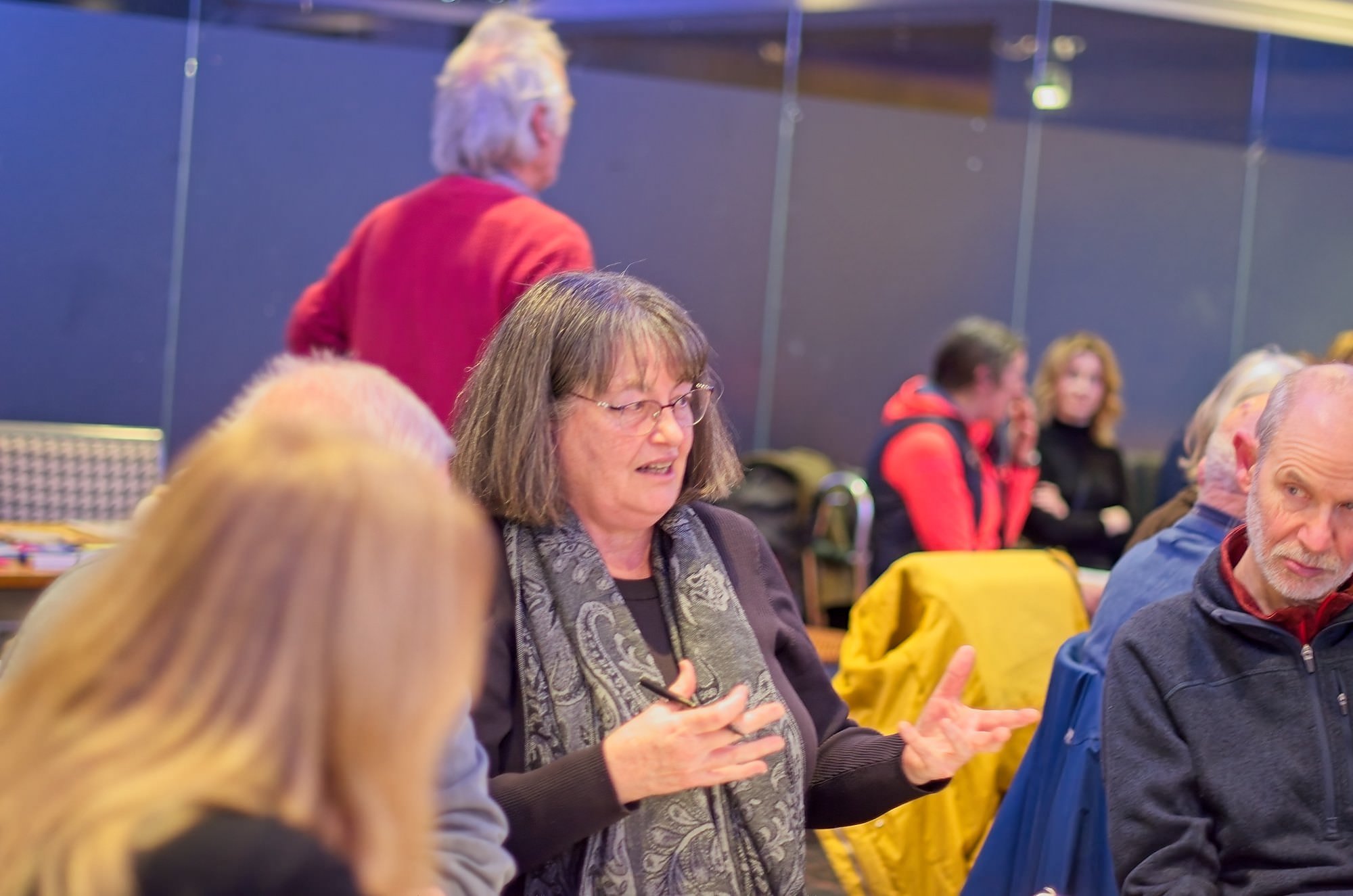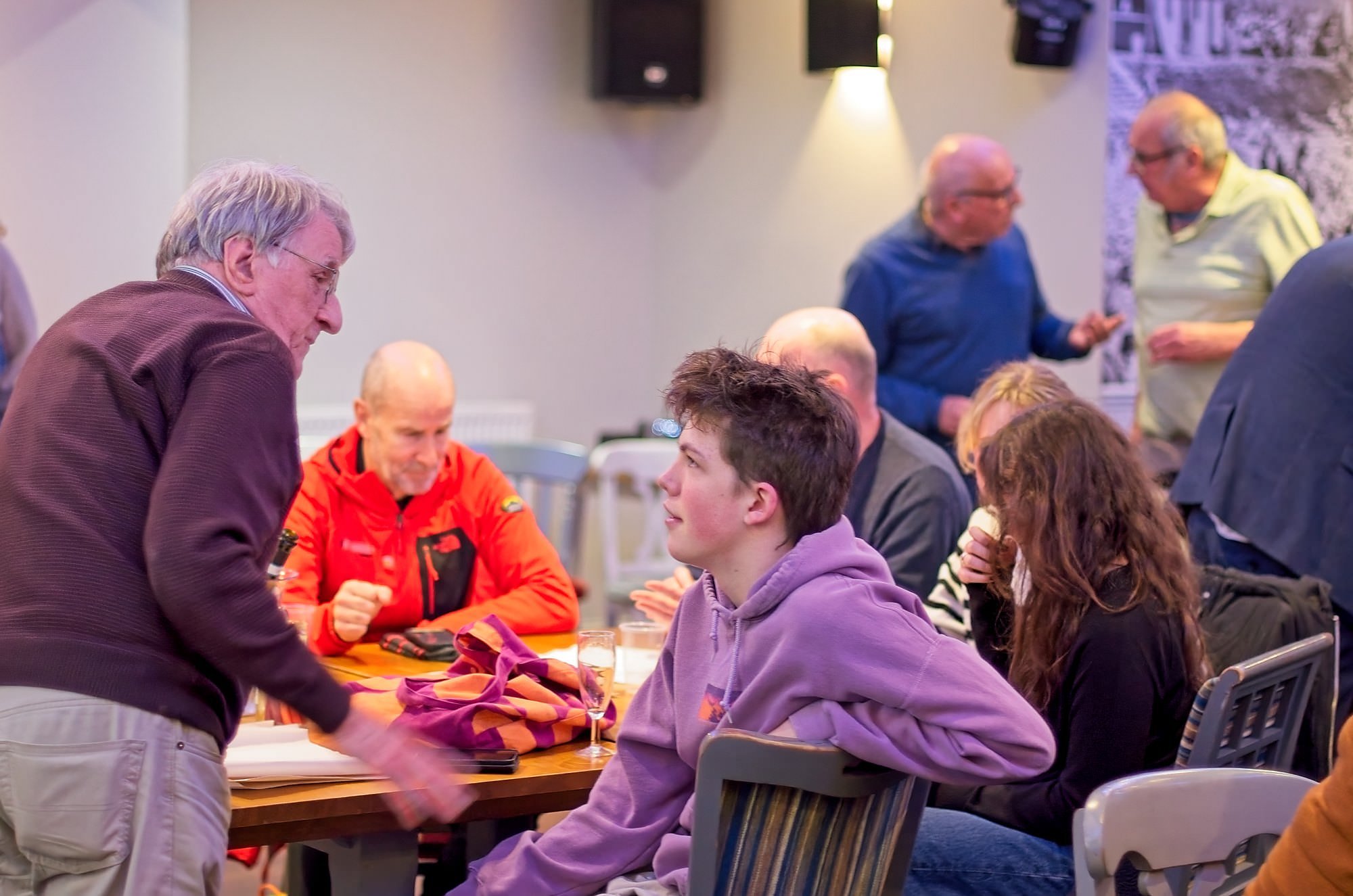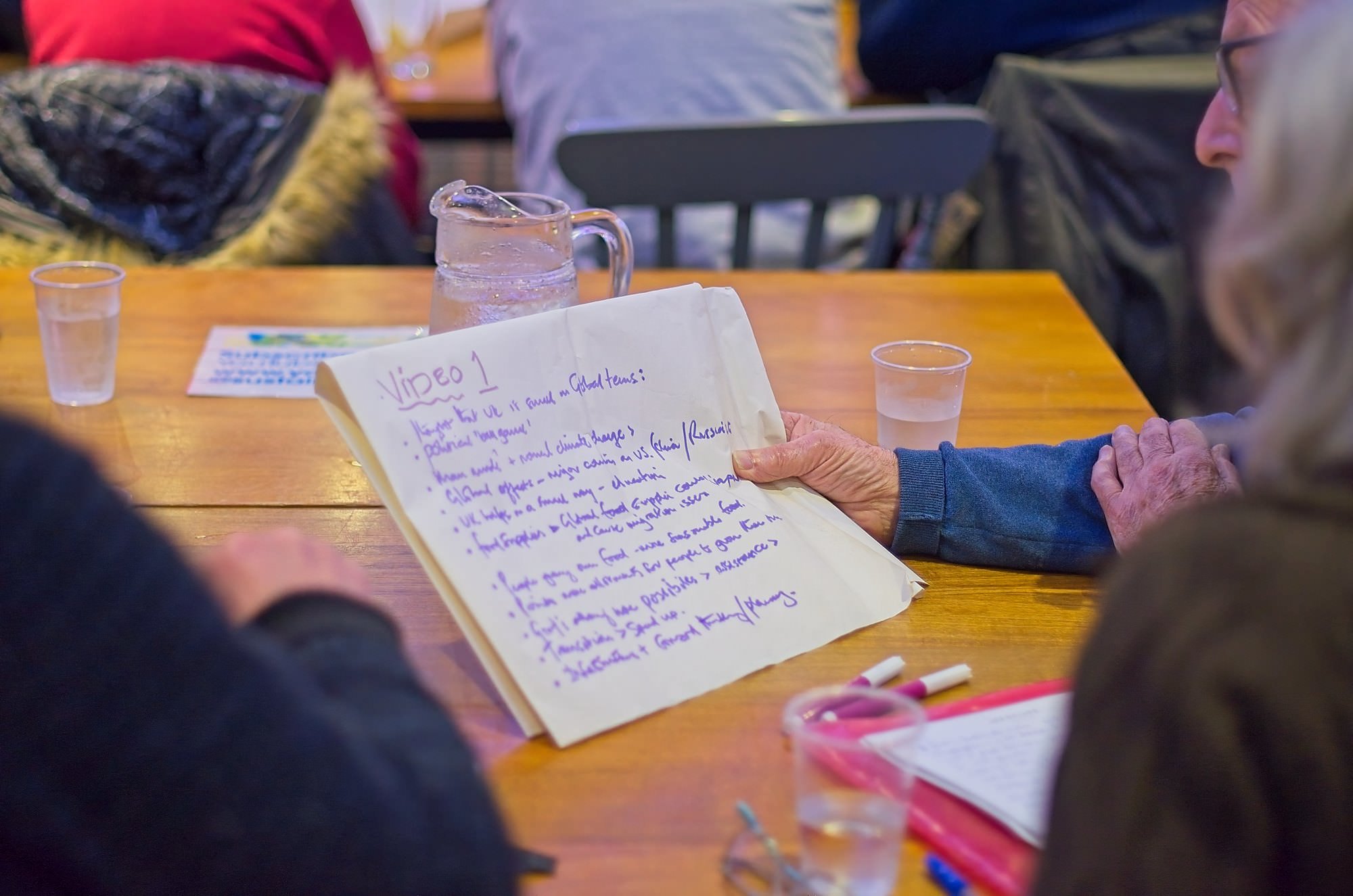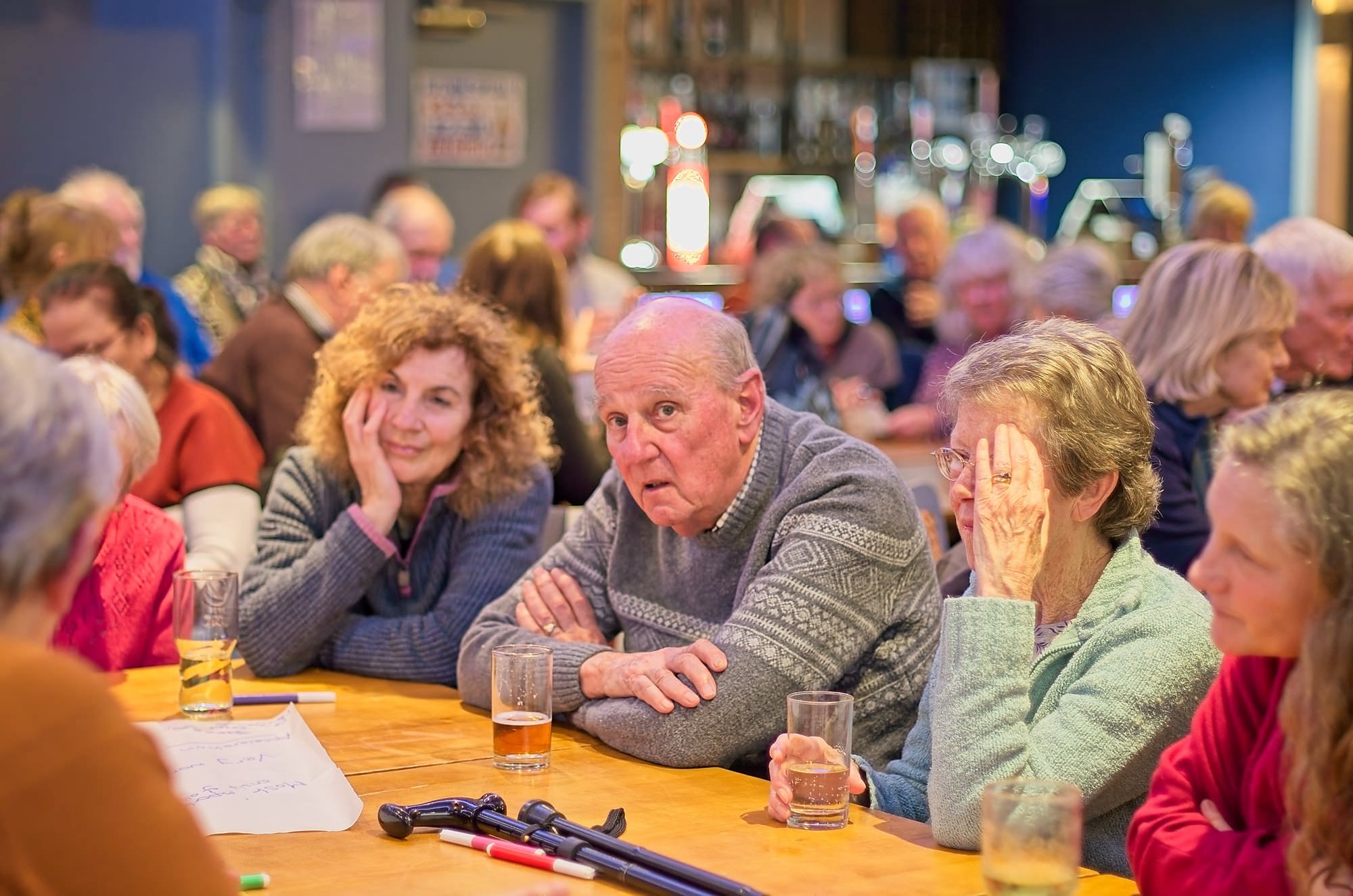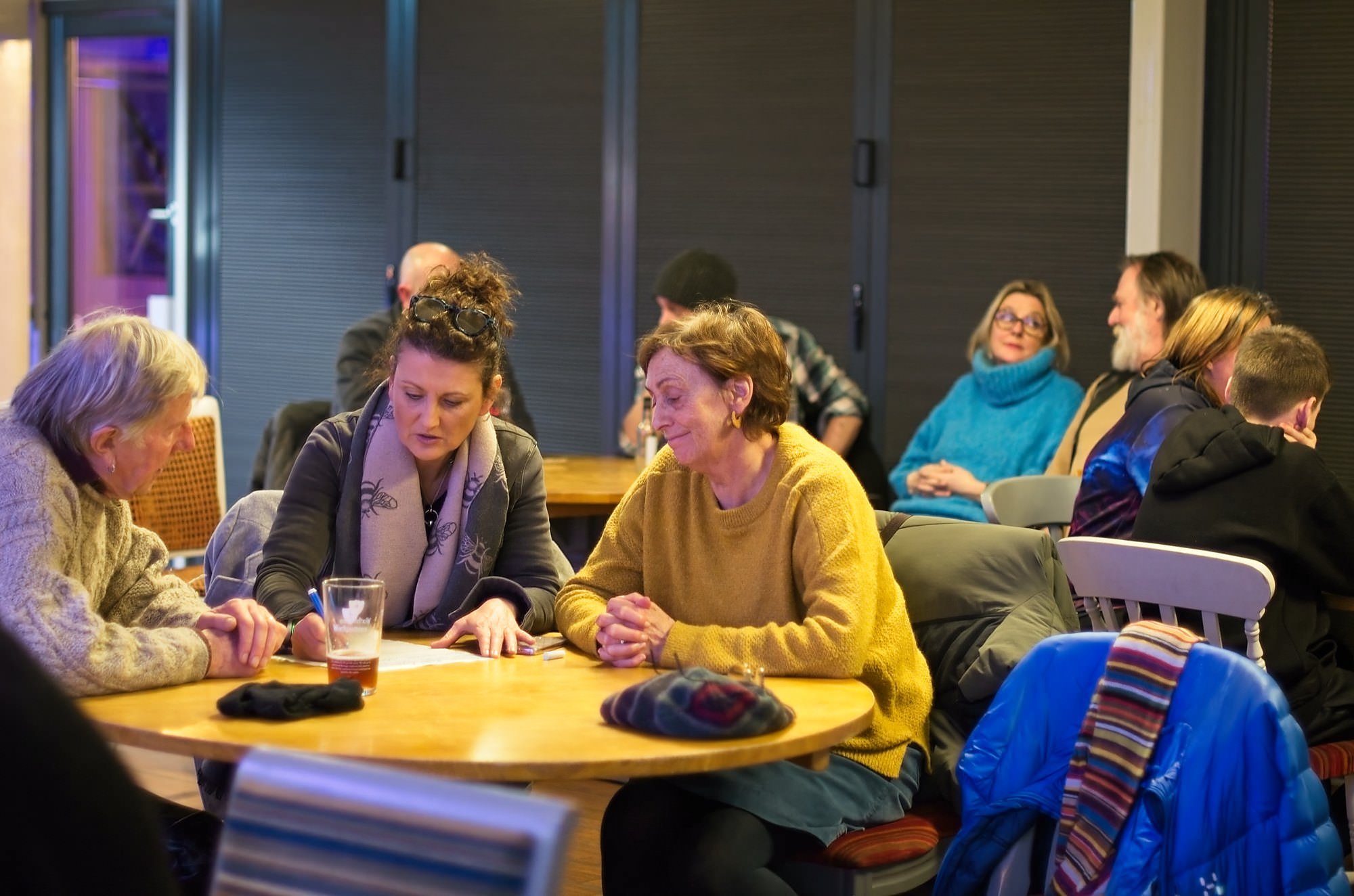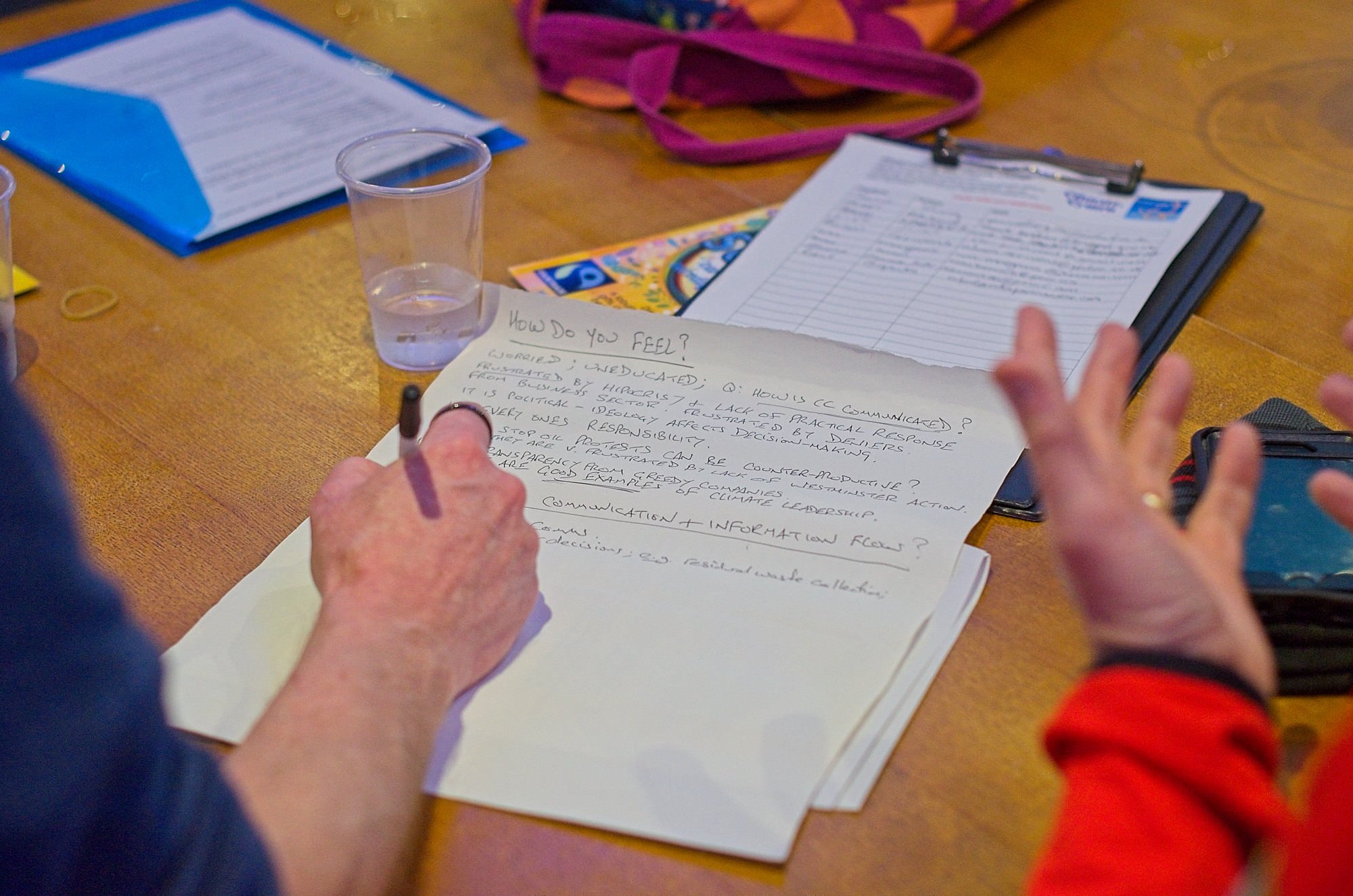2026 Senedd Manifesto Recommendations
Sustainable Wales’ housing decarbonisation priorities.
Sustainable Wales is Wales’ first and longest-running grassroots sustainable development organisation. We work with individuals, communities, voluntary groups, schools, educators, local authorities, public sector bodies, businesses, civil servants and politicians to offerconstructive and practical solutions and encourage a passion for sustainable living.
Wales has some of the oldest and least efficient housing stock in Europe, while our energy bills are among the highest in Europe. For many households every day sees them making an impossible choice between heating or eating.
Housing is integral to peoples’ perception of place and decarbonising homes in Wales will bring significant benefits across a series of social and economic spheres and should be a priority for all parties ahead of the 2026 Senedd election.
As an organisation, we have significant housing policy-related experience developed over multiple projects over the past 20 years. We are also fortunate to have Advisors and Trustees with considerable experience in Welsh housing and housing decarbonisation.
We have set out our position in this report.


